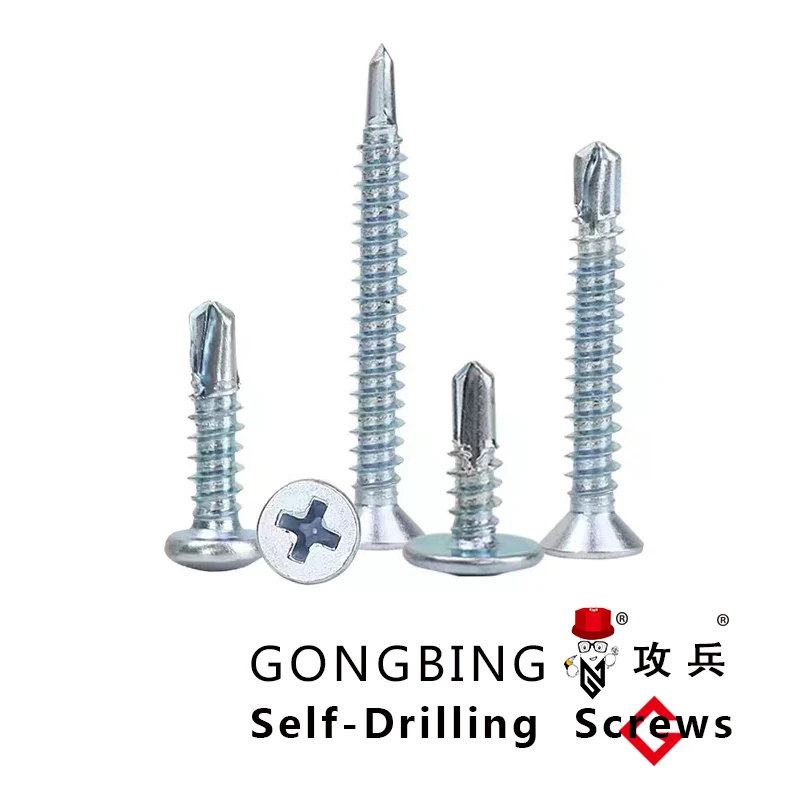Designing Concrete Footings for Structural Stability with Proper Bolt Placement Techniques
Understanding Concrete Footing Bolts Essential Components for Structural Stability
When constructing buildings or other heavy structures, ensuring a robust foundation is critical. One of the key components that contribute to the stability of these foundations is the use of concrete footing bolts. These specialized bolts, designed to anchor structures securely to their concrete footings, are integral to the integrity and longevity of construction projects.
What Are Concrete Footing Bolts?
Concrete footing bolts are heavy-duty fasteners that are embedded in concrete to provide secure anchorage for various structural elements, including walls, steel beams, and other supporting frameworks. Typically made from high-strength steel, these bolts can withstand significant tensile and shear forces, making them ideal for use in a wide range of construction applications.
The primary function of these bolts is to secure a structure to its foundation, thereby preventing movement that could result from shifting soil, vibration, or other external forces. Properly installed concrete footing bolts ensure that the structural components remain fixed in place, contributing to the overall stability and safety of the structure.
Types of Concrete Footing Bolts
Concrete footing bolts come in several types, each designed for specific applications. Some of the most common types include
1. Anchor Bolts These bolts are typically embedded in concrete footings to anchor vertical structures like posts and walls. Anchor bolts come in various shapes, including L-shaped and J-shaped, depending on the requirements of the structure they are securing.
2. Tie Rods Often utilized in tension scenarios, tie rods work in conjunction with concrete footings to stabilize walls and provide resistance against lateral forces.
3. Expansion Bolts These bolts expand when they are driven into a pre-drilled hole in the concrete, creating a secure grip. They are particularly useful for temporary or adjustable connections.
4. Threaded Rods Used in both tension and compression applications, threaded rods can be cut to the desired length and feature threads that allow for the attachment of nuts and washers, providing a customizable anchoring solution.
concrete footing bolts

Installation of Concrete Footing Bolts
The installation process for concrete footing bolts is critical to their effectiveness. Here’s a brief overview of the key steps involved
1. Planning and Layout Before installation, it's essential to determine the locations of the bolts based on the structural design. This involves precise planning to ensure that all components align correctly.
2. Drilling Holes For certain types of bolts, holes may need to be drilled into the concrete. The size and depth of these holes depend on the specifications of the bolts being used.
3. Setting the Bolts Once prepared, the bolts are either embedded in the concrete mixture during the pouring stage or secured into pre-drilled holes using adhesive or epoxy.
4. Alignment and Leveling The bolts must be aligned precisely to ensure that the structure remains level. This step is crucial, especially for tall structures or those subject to heavy loads.
5. Curing After installation, the concrete must cure properly to gain strength, ensuring that the bolts achieve their maximum anchoring potential.
The Importance of Proper Installation
Proper installation of concrete footing bolts cannot be overstated. Incorrectly installed bolts can lead to structural failure, misalignment, or other serious safety issues. Regular inspections and adherence to construction codes and standards are essential to maintain structural integrity.
Conclusion
Concrete footing bolts are indispensable in modern construction, providing vital connections between structural elements and their foundations. By understanding the various types of bolts available, as well as the correct installation practices, builders can significantly enhance the stability and safety of their projects. As construction techniques continue to evolve, the role of concrete footing bolts will remain crucial, ensuring that structures withstand the test of time and environmental challenges. A solid foundation, literally and figuratively, starts with the right anchoring solutions, making concrete footing bolts a cornerstone of effective construction practices.
-
Weatherproof Plastic Expansion Anchors for OutdoorNewsJun.06,2025
-
Sustainability in the Supply Chain: Eco-Friendly TEK Screws ProductionNewsJun.06,2025
-
Load-Bearing Capacity of External Insulation FixingsNewsJun.06,2025
-
Double Head Bolts: Enhancing Efficiency in Industrial MachineryNewsJun.06,2025
-
Corrosion Resistance in Chipboard Screws: Coatings for Wholesale DurabilityNewsJun.06,2025
-
Butterfly Toggle Bolts : Enhancing Structural ResilienceNewsJun.06,2025
